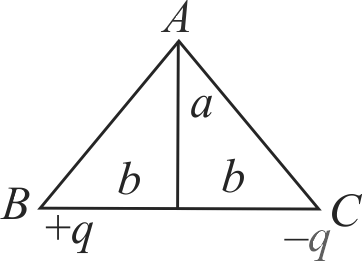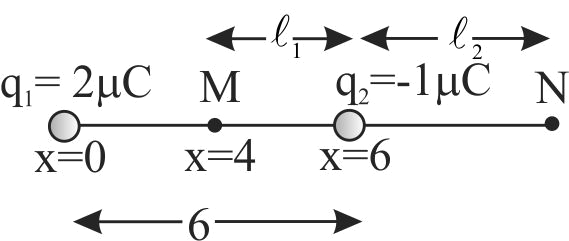359385 In a regular polygon of \({n}\) sides, each corner is at a distance \({r}\) from the center. Identical charges are placed at \({(n-1)}\) corners. At the centre, the intensity is \({E}\) and the potential is \({V}\). The ratio \({V / E}\) has magnitude
359385 In a regular polygon of \({n}\) sides, each corner is at a distance \({r}\) from the center. Identical charges are placed at \({(n-1)}\) corners. At the centre, the intensity is \({E}\) and the potential is \({V}\). The ratio \({V / E}\) has magnitude
359385 In a regular polygon of \({n}\) sides, each corner is at a distance \({r}\) from the center. Identical charges are placed at \({(n-1)}\) corners. At the centre, the intensity is \({E}\) and the potential is \({V}\). The ratio \({V / E}\) has magnitude
359385 In a regular polygon of \({n}\) sides, each corner is at a distance \({r}\) from the center. Identical charges are placed at \({(n-1)}\) corners. At the centre, the intensity is \({E}\) and the potential is \({V}\). The ratio \({V / E}\) has magnitude
359385 In a regular polygon of \({n}\) sides, each corner is at a distance \({r}\) from the center. Identical charges are placed at \({(n-1)}\) corners. At the centre, the intensity is \({E}\) and the potential is \({V}\). The ratio \({V / E}\) has magnitude



